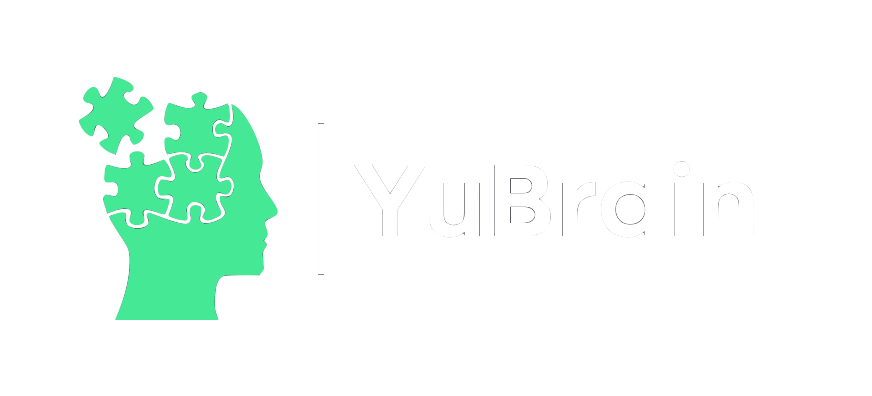Tabla de Contenidos
The Olmec civilization flourished on the coast of the Gulf of Mexico between 1,200 and 400 BC, although the first traces of their culture date from 3,000 BC. Although the knowledge that we have of the Olmec culture is limited, it has been established that religion was of great importance for that society, since the images of supernatural beings that are represented in the expressions of Olmec art are multiple and varied. From these images several Olmec gods have been identified.
The Olmec culture was the first great Mesoamerican civilization, and it developed in what are now the Mexican states of Tabasco and Veracruz, on the Gulf of Mexico. The first large settlement was the city of San Lorenzo; Founded around 1800 BC, it reached its maximum development between 1400 and 1000 BC, with a stable population of about 10,000 inhabitants (the largest Mesoamerican city at that time) and an area of 700 hectares. The Great Plateau of San Lorenzo, an artificial elevation of 50 meters above the level of the marshes in the area and an extension of 90 hectares where rooms were built on terraces on various levels, constituted a colossal work for the time. The importance of San Lorenzo then rapidly declined in favor of the city of La Venta, the second great Olmec settlement,
Later Mesoamerican cultures had a strong influence from the Olmec culture. The mural paintings found in San Bartolo, in Guatemala, which were created around 100 BC and are still the oldest in Mayan culture , show an aesthetic continuity between late Olmec and Mayan iconography. The themes of these paintings are mythical and religious; in them appear the god of corn and the twins of the Popol Vuh , with innumerable features of the Olmec world. Although there are not many traces of the Olmec culture that have been preserved, numerous expressions of their culture have been recovered that allow us to reconstruct the fundamental aspects of the civilization that laid the foundations of Mesoamerica.
Olmec religion
Archaeological investigations revealed various aspects of the Olmec religion. Some of the elements that characterized their religion were the existence of a worldview, a set of gods that interacted with mortal beings, and the existence of shamans and religious rituals, as well as sacred sites such as El Manatí hill, near San Lorenzo. . Both San Lorenzo and La Venta were religious centers. Religious festivities promoted political integration and social cohesion in the region. One of the main attractions of these festivities was the recreation of mythical or historical dramas through scenes made up of groups of sculptures. The studies that were carried out in those archaeological sites, together with others such as Loma del zapote and El remolino, allowed us to unravel various aspects of the Olmec religion.
the monster of the earth
The cosmic monster was for the Olmecs a fundamental mythological figure for their cosmogony. He was an ancient being who floated in the primeval waters and was considered the source of the universe. His jaws represented the entrance to the watery underworld. To legitimize their right to rule, Olmec dignitaries depicted their ancestors in sculptures in a deified manner by placing them at the entrance to a cave, a synonym for the mouth of the Earth Monster and the entrance to the underworld. The figure below shows a representation of these relationships: the altar shows an ancestor inside the cave of origins, and the top of the altar represents a stylized image of the Earth Monster.
the bird monster
It represents the sky, the sun, the government and agriculture. Images of him show him as a fearsome bird, sometimes with reptilian features. He may have been the preferred god of the Olmec ruling class, since the images of the rulers show symbols of this monster on his clothing. In the archaeological site of La Venta, images of the cult of the bird monster were found, and its image appears on the altars.
the fish monster
Also called the shark monster, the fish monster represents the underworld and is depicted as a scary fish. Their representations are found in stone sculptures, ceramics, and small greenstone axes. The best known representation is in the monument 58 of the archaeological site of San Lorenzo. This huge stone sculpture is a rectangular tombstone decorated on one side by a figure that combines a fish and a jaguar, with large teeth and a fish tail. Although little is known about this deity, the shark monster is believed to have played a fundamental role in Olmec cosmogony.
The cross-eyed god
Little is known about the cross-eyed god. He takes his name from his appearance in images of him, in which he is always depicted in profile, with one almond-shaped eye and a band or stripe running behind or through the eye. This god seems more human than many of the other Olmec gods; he is generally found carved into ceramic pieces.
the god of corn
Because corn was a basic food in Olmec society, various aspects related to its cultivation and uses were highly relevant in Olmec mythology, and also in other later Mesoamerican cultures. The maize god appears as a human figure with a stalk of maize growing out of his head. Like the bird monster, symbols of the maize god appear frequently in representations of rulers, which could be associated with the ruler’s responsibility to ensure bountiful harvests for the community.
the god of water
The god of water or rain was associated with the god of maize, due to his incidence in the development of the cultivation of this basic food of the Olmec society. Vestiges of offerings to the god of water have been found in the sacred place of El Manatí hill. He was represented to him as a child or a youth, and sometimes as a dwarf, and representations are also found that include helpers of the god. This god appears in different forms of Olmec art, such as large sculptures and axes. He is considered an ancestor of the water god of later Mesoamerican cultures, such as Chac for the Maya and Tlaloc for the Aztecs.
The Harvest Man
It is a deity associated with fertility. He is represented as a young man who sacrifices his life so that the community receives the food he needs, including in some representations the help of non-human deities. Later legends identify him as Homshuk, the spirit of corn.
the jaguar man
The were-jaguar is a major deity in Olmec mythology. He represented power and was related to fertility. He finds it carved in stone as part of human figures, some of them of enormous size, and also in small pieces of jade and other materials; the jaguar man is very present in Olmec artistic expressions. One interpretation of the were-jaguar creation myth, given by Mathew W. Stirling, says that he is the product of the relationship between a jaguar and an Olmec woman, and by extension all Olmecs are descendants of the jaguar. But this interpretation is controversial. In any case, the were-jaguar is related to the creation of the Olmec people.
The feathered snake
The feathered serpent is a divinity present in several Mesoamerican cultures, but the oldest representations correspond to the Olmec civilization. Its representation in monument 19 of the La Venta archaeological site, which is shown in the presentation image of this article, represents a character dressed in clothing corresponding to the social elite, and behind it appears the feathered serpent. Originally it was related to water, a fundamental aspect in Olmec mythology, and to fertility. It would be the direct antecedent of Quetzalcóatl in the Teotihuacan culture, and it would have a preponderant religious role. It is also very similar to Kukulcán, the Mayan deity.
Sources
- Coe, Michael D., Koontz, Rex. Mexico: From the Olmecs to the Aztecs. Sixth edition. Thames and Hudson, New York, 2008.
- Cyphers, Ann. The Olmecs of San Lorenzo: the beginning of civilization in Mesoamerica | OC:TL (octl.mx) , 2019.
- Diehl, Richard A. The Olmecs: America’s First Civilization. Thames and Hudson, London, 2004.
- Grove, David C. Olmec Sacred Hills. Trand. Elisa Ramírez . Mexican Archeology Vol XV – No. 87, 2007.
- Miller, Mary, Taube, Karl. An Illustrated Dictionary of the Gods and Symbols of Ancient Mexico and the Maya . Thames and Hudson, New York, 1993.



